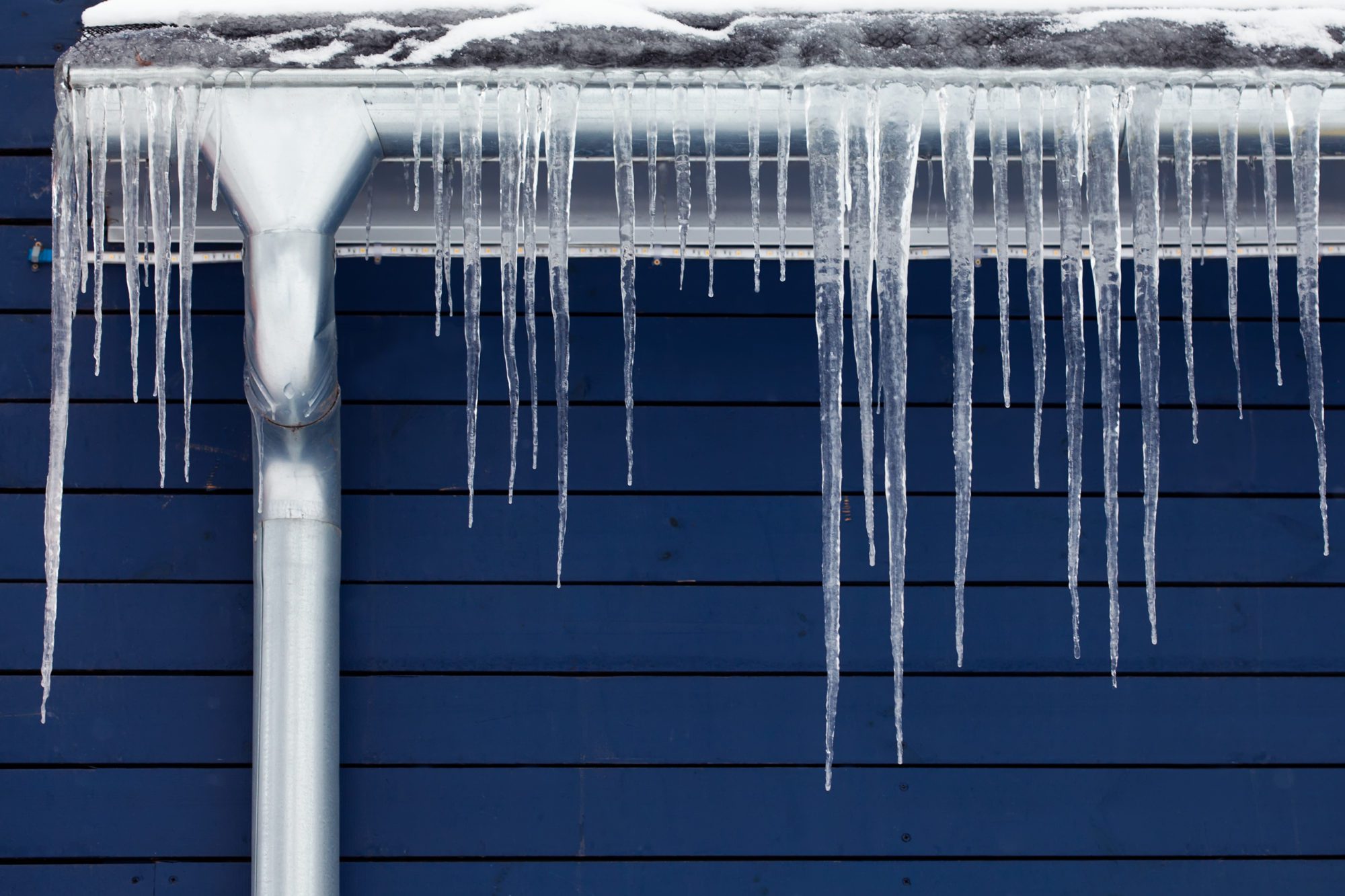Preventing Frozen Plumbing in Winter: Essential Tips
Preventing Frozen Plumbing in Winter: Essential Tips
Blog Article
Just how do you actually feel in relation to Helpful Tips to Prevent Frozen Pipes this Winter?

Cold weather can wreak havoc on your plumbing, particularly by freezing pipes. Here's just how to stop it from occurring and what to do if it does.
Intro
As temperatures drop, the threat of frozen pipes rises, potentially leading to pricey fixings and water damage. Recognizing exactly how to prevent icy pipelines is important for homeowners in chilly climates.
Prevention Tips
Shielding vulnerable pipelines
Cover pipes in insulation sleeves or make use of heat tape to safeguard them from freezing temperature levels. Concentrate on pipes in unheated or outside locations of the home.
Home heating strategies
Keep interior areas adequately heated, specifically locations with pipes. Open up closet doors to permit warm air to flow around pipes under sinks.
Just how to determine frozen pipelines
Seek lowered water flow from faucets, unusual smells or noises from pipelines, and visible frost on revealed pipelines.
Long-Term Solutions
Architectural modifications
Consider rerouting pipelines far from exterior wall surfaces or unheated locations. Include added insulation to attic rooms, basements, and crawl spaces.
Upgrading insulation
Buy premium insulation for pipes, attic rooms, and wall surfaces. Appropriate insulation helps keep regular temperatures and reduces the danger of frozen pipelines.
Securing Outdoor Pipes
Garden tubes and outside taps
Detach and drain pipes garden hose pipes prior to wintertime. Install frost-proof spigots or cover exterior faucets with protected caps.
Understanding Frozen Pipes
What triggers pipelines to freeze?
Pipelines ice up when revealed to temperatures below 32 ° F (0 ° C) for prolonged durations. As water inside the pipelines ices up, it expands, putting pressure on the pipe walls and potentially creating them to burst.
Risks and damages
Frozen pipelines can lead to supply of water disruptions, building damages, and pricey repair services. Ruptured pipelines can flood homes and create considerable architectural damages.
Indications of Frozen Piping
Recognizing icy pipelines early can prevent them from bursting.
What to Do If Your Pipes Freeze
Immediate activities to take
If you presume frozen pipelines, keep taps open to alleviate stress as the ice thaws. Utilize a hairdryer or towels taken in hot water to thaw pipes gradually.
Final thought
Preventing icy pipes needs proactive procedures and quick actions. By understanding the causes, indicators, and preventive measures, property owners can shield their plumbing during winter.
5 Ways to Prevent Frozen Pipes
Drain Outdoor Faucets and Disconnect Hoses
First, close the shut-off valve that controls the flow of water in the pipe to your outdoor faucet. Then, head outside to disconnect and drain your hose and open the outdoor faucet to allow the water to completely drain out of the line. Turn off the faucet when done. Finally, head back to the shut-off valve and drain the remaining water inside the pipe into a bucket or container. Additionally, if you have a home irrigation system, you should consider hiring an expert to clear the system of water each year.
Insulate Pipes
One of the best and most cost-effective methods for preventing frozen water pipes is to wrap your pipes with insulation. This is especially important for areas in your home that aren’t exposed to heat, such as an attic. We suggest using foam sleeves, which can typically be found at your local hardware store.
Keep Heat Running at 65
Your pipes are located inside your walls, and the temperature there is much colder than the rest of the house. To prevent your pipes from freezing, The Insurance Information Institute suggests that you keep your home heated to at least 65 degrees, even when traveling. You may want to invest in smart devices that can keep an eye on the temperature in your home while you’re away.
Leave Water Dripping
Moving water — even a small trickle — can prevent ice from forming inside your pipes. When freezing temps are imminent, start a drip of water from all faucets that serve exposed pipes. Leaving a few faucets running will also help relieve pressure inside the pipes and help prevent a rupture if the water inside freezes.
Open Cupboard Doors
Warm your kitchen and bathroom pipes by opening cupboards and vanities. You should also leave your interior doors ajar to help warm air circulate evenly throughout your home.

I am just very involved in 6 Ways to Prevent Frozen Pipes and I am hoping you appreciated the new blog post. Sharing is good. You just don't know, you might be doing someone a favor. Many thanks for your time invested reading it.
Book Instantly Report this page